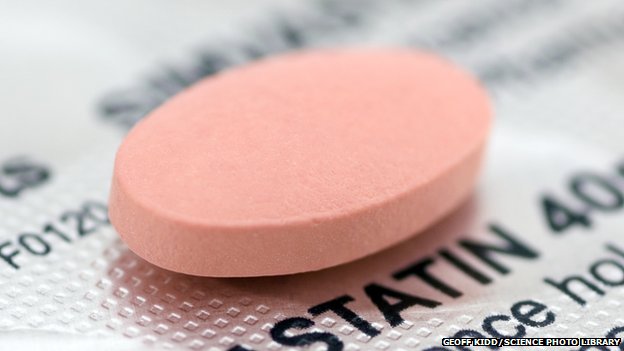Statins: Weighing the risks and benefits
/Statins are among the most commonly prescribed medications for lowering cholesterol and may be responsible for saving thousands of people plagued by heart disease. But are statins really the miracle drugs many doctors claim for them to be?
There are some serious side effects associated with statins, which often go overlooked. So before resorting to a long-term commitment with a pill, you should ask yourself if the benefits outweigh the potential side effects.
Statins work by blocking a substance your liver needs to make cholesterol, the waxy substance that’s found in the fat in your blood. This causes your liver to remove cholesterol from your blood. While your body needs cholesterol to build healthy cells, having high cholesterol can increase your risk of heart disease.
Having high cholesterol puts you at risk for developing deposits of fat in your blood vessels. Eventually, these deposits impede the flow of blood through your arteries increasing your risk of a heart attack.
Similarly, decreased blood flow to your brain, due to clogged arteries, can cause a stroke. Because of the serious risks that accompany high cholesterol, statins have been a choice favorite among doctors to avoid atherosclerosis, coronary artery disease, heart attack and stroke. What is discussed less often, are the risks and side effects of this group of drugs.
Side effects of statins can include:
Muscle pain and damage: The most common side effect of statins is muscle pain, characterized by a soreness, tiredness or weakness in your muscles. Pain varies among people who take statins from mild discomfort to severe pain which impedes daily activity. Things as simple as climbing stairs, or taking a stroll can become uncomfortable or even unbearable.
A common test used by physicians find out of there is muscle injury or muscle stress, is a CPK isoenzymes test. This simple blood test measures CPK (creatinine phosphokinase), an enzyme found mainly in heart, brain, and skeletal muscle. If elevated, it could mean muscle injury.
Liver damage: Statin use can occasionally cause liver damage or stress. Signs of possible liver damage could be unusual fatigue or weakness, loss of appetite, pain in your upper abdomen, dark-colored urine, or yellowing of your skin or eyes. Because an excess of liver enzymes in the blood is usually a good indicator of compromised liver function, your doctor will most likely order a liver enzyme test either after you begin taking a statin, or if you are experiencing any severe symptoms. In cases where liver enzymes are severely elevated, your doctor may advise you stop taking the drug all together.
Neurological side effects: The U.S. Food and Drug Administration (FDA) warns of memory loss and confusion as a side effect of statin use. These side effects are said to last only as long as you are taking the medication. The neurological side effects have not been well studied, however if you experience either of the above symptoms consult your physician.
Increased blood sugar or type 2 diabetes: Another FDA-issued warning regarding statins that deserves attention is the increased risk of elevated blood sugar levels, which can lead to type 2 diabetes. The risk for this is said to be small, however it is still important to take note of.
Other side-effects: Some other side effects which have been reported to accompany statin use are digestive problems such as nausea, constipation, or diarrhea and rash or skin flushing.
High cholesterol can be inherited, but it is often the result of unhealthy lifestyle choices, and thus preventable and treatable.
A healthy diet that includes many fruits, vegetables and whole grains - regular exercise, and an overall healthy lifestyle can help you keep your cholesterol in check. There are also a number of natural alternatives to taking statins, including garlic, blond psyllium (found in Metamucil), artichoke, barley and oat bran.
A healthy lifestyle and natural alternatives should be your first line of defense against high cholesterol, but talk to your doctor about your risk and treatment options to decide what’s best for you.

